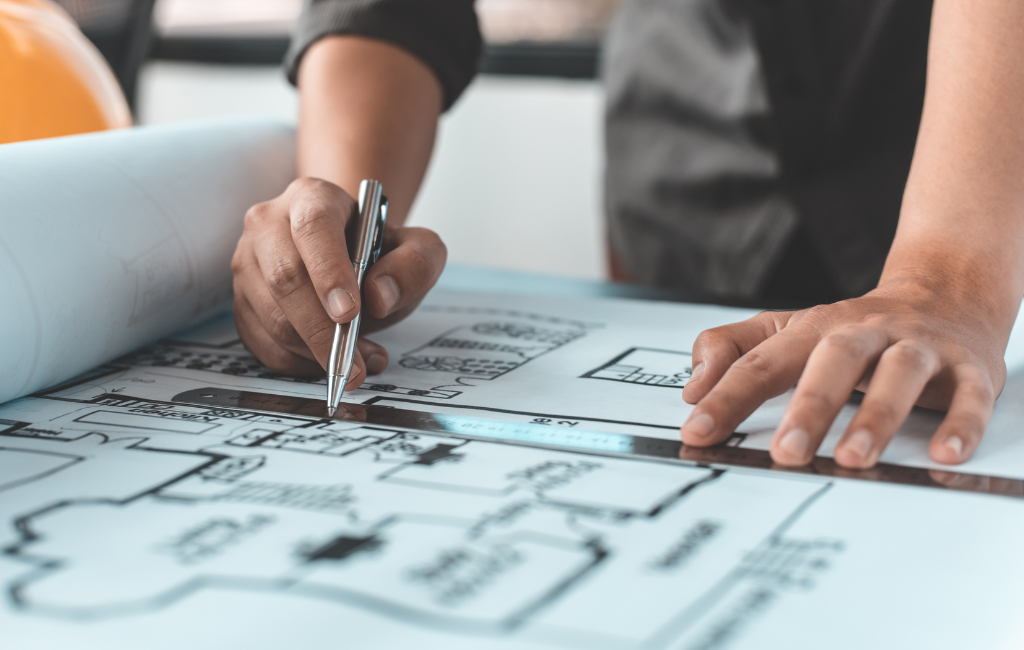Architect Designs

Architect Designs: Creating Innovative Spaces
In the ever-evolving field of architecture, the creation of innovative spaces is a testament to human creativity and ingenuity. Architects are constantly pushing the boundaries of design, seeking to create environments that are not only functional but also aesthetically pleasing and sustainable. This article explores the various aspects of innovative architectural design, highlighting key examples and trends that are shaping the future of our built environment.
The Role of Technology in Modern Architecture
Technology has become a cornerstone in the development of modern architectural designs. With advancements in software and materials, architects can now visualize and construct buildings that were once thought impossible. Building Information Modeling (BIM) and 3D printing are just a few examples of how technology is revolutionizing the field.
- Building Information Modeling (BIM): This technology allows architects to create detailed digital representations of buildings, facilitating better planning and collaboration among stakeholders.
- 3D Printing: This innovative method enables the creation of complex structures with precision and efficiency, reducing waste and construction time.
- Virtual Reality (VR): VR provides architects with the ability to immerse clients in a virtual representation of their designs, offering a more comprehensive understanding of the space.
Sustainability in Architectural Design
As environmental concerns continue to rise, sustainable architecture has become a focal point for designers. The integration of eco-friendly materials and energy-efficient systems is now a standard practice in the industry.
- Green Roofs: These are increasingly popular for their ability to reduce urban heat and improve air quality.
- Solar Panels: Incorporating solar technology helps reduce a building’s carbon footprint and energy costs.
- Passive Design: This approach maximizes natural light and ventilation, minimizing the need for artificial heating and cooling.
Case Studies of Innovative Architectural Designs
Several projects around the world exemplify the innovative spirit of modern architecture. These case studies highlight how architects are redefining the possibilities of design.
The Eden Project, United Kingdom
Located in Cornwall, the Eden Project is a remarkable example of sustainable architecture. The complex consists of two biomes that house thousands of plant species. The use of ETFE, a lightweight and durable material, allows for the creation of large, transparent domes that mimic natural environments.
The Bosco Verticale, Italy
This pair of residential towers in Milan is a pioneering example of vertical forestation. Designed by Stefano Boeri, the towers incorporate over 900 trees and 5,000 shrubs, providing a unique solution to urban pollution and biodiversity loss.
The Louvre Abu Dhabi, United Arab Emirates
Designed by Jean Nouvel, this museum is a masterpiece of modern architecture. Its iconic dome, inspired by traditional Arabic architecture, creates a ‘rain of light’ effect, enhancing the visitor experience while reducing energy consumption.
Trends Shaping the Future of Architecture
The architectural landscape is constantly evolving, with new trends emerging that reflect societal changes and technological advancements.
- Biophilic Design: This trend focuses on incorporating natural elements into built environments, promoting well-being and productivity.
- Adaptive Reuse: Transforming old structures into new, functional spaces is gaining popularity as a sustainable alternative to new construction.
- Smart Buildings: The integration of IoT technology in buildings enhances efficiency and user experience through automation and data analysis.
Challenges in Creating Innovative Spaces
While the pursuit of innovation in architecture is exciting, it comes with its own set of challenges. Balancing creativity with practicality, adhering to regulations, and managing costs are just a few of the hurdles architects face.
- Regulatory Compliance: Navigating building codes and zoning laws can be complex, requiring careful planning and negotiation.
- Budget Constraints: Innovative designs often come with higher costs, necessitating creative solutions to stay within budget.
- Environmental Impact: Ensuring that new designs are environmentally responsible is a growing concern for architects worldwide.
Conclusion
Architectural innovation is a dynamic and multifaceted endeavor that continues to shape the way we live and interact with our surroundings. By embracing technology, prioritizing sustainability, and overcoming challenges, architects are creating spaces that inspire and endure. As we look to the future, the potential for groundbreaking designs is limitless, promising a built environment that is both beautiful and responsible.